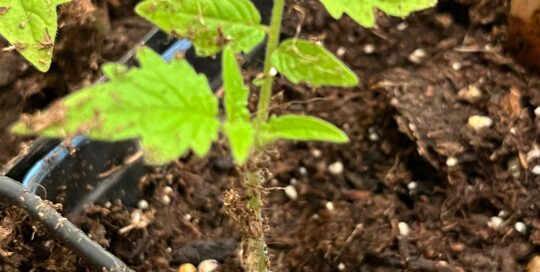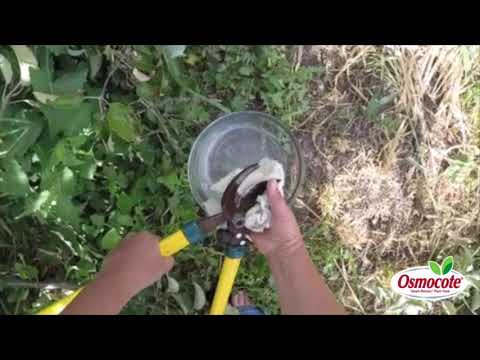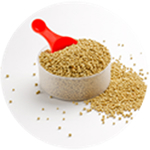Natural Ways to Eliminate Ants in Your Garden
Views: 525
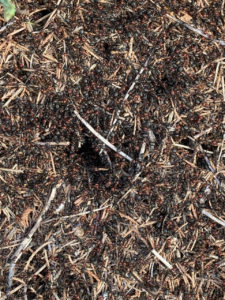
While cleaning out the front garden this week, I ran into a biting obstacle… ants. It was an interesting yoga move trying to balance above the busy nest reaching the weeds while avoiding the ants. And while I prefer to leave ants where they are, these have to go. Now I need to decide on the best way to eliminate ants.
Determine the type of ant
Deciding what to use to illuminate the ants depends on what variety they are. Well, this is not a conclusive list by any means, it does highlight a few of the more common ones in North America.
Ants – University Minnesota Extension
Pavement ants – Just like the name implies, these are the tiny ants that we see along the sidewalk cracks. They are typically fairly innocuous, although they can be problematic when they’re inhabiting buildings.
Carpenter ants – These are larger ants, usually over 1/2 inch long, that are the nemesis of structurally sound buildings. Contrary to many people’s thoughts, these ants do not eat the wood itself; rather they burrow through it. Carpenter ants are definitely ones you do not want around the house.
Western thatch ants – When you see those impressive mounds, whether in the woods or near your home, depending on where you live, it is most likely the western that ants. These are prominent in the western part of North America, and are easily identifiable primarily from the enormous mound of materials they used to create their colony. They are typically red and black and will have close to 20,000 individuals per mound. These are prominent in our area, and or the ones that I have in the garden, although thankfully, right now the colony is small.
Fire ants – I wouldn’t wish fire ants on anyone. This non-native species is a scourge in Southern states we’re colonies our menaces to livestock, ground nesting birds, and anybody who unwittingly steps on their nest. I experience these things first hand while visiting my grandparents in Florida, and can attest to the level of pain they inflict.
Natural methods to eliminate ants
Boiling water – A sure fire way to eliminate a small ant colony is to pour boiling water over it. This might require a bit of effort to pull back levels and hit it all, but it works. I’m not going to go this route just because it seems a bit barbaric. I suppose if they bit me more, I’d think otherwise — because it seriously hurt — but I’ll use other means at the moment.
Diatomaceous earth – Of course, this is my favorite go-to for so many pest issues. (It’s kind of like the father’s bottle of Windex in “My Big Fat Greek Wedding.”) Diatomaceous earth is made up of the microscopic, fossilized remains of ancient sea creatures called diatoms that are encased in silica. Because the edges are so sharp, it is useful against soft bodied creatures such as slugs, as well as ants and beetles, despite their harder exterior. It is also non-toxic and readily returned to the earth. The only drawback is you have to make sure it is dry. This means if it rains or you turn on the sprinkler, you need to reapply it.
Borax – Many of us have borax in our laundry arsenal, and it’s a handy tool to take care of ants. Because adult ants have a liquid diet, it’s easier to kill them with a liquid bait. Mix 1/2 cup of powdered sugar, 1 1/2 T. Borax, and 1 1/2 cups of warm water until completely blended. Pour this is a very shallow dish or lid. They must be able to step in and out without a problem. Refill it, if necessary, but it should do the trick.
For the most parts, ants are not a huge problem in the garden, but once and awhile, they’re located in a spot that is not convenient, and sometimes downright terrible. If you do need to eliminate ants in your garden, choose the least invasive means that will still get the job done.
Meet Amy Grisak
Amy is a freelance author and photographer in Great Falls, MT who specializes in gardening, foods, and sustainable agriculture. She provides information on every kind…
Amy's Recent Posts
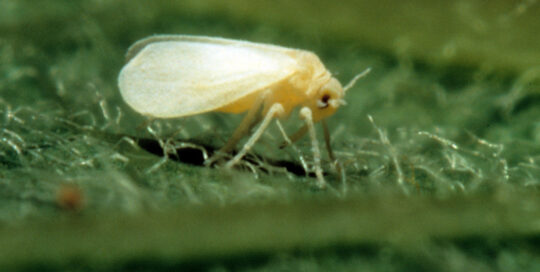
Watch Out for Silverleaf Whiteflies
